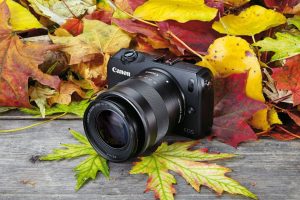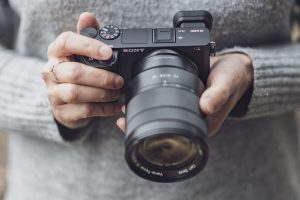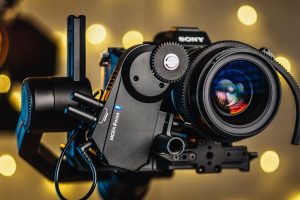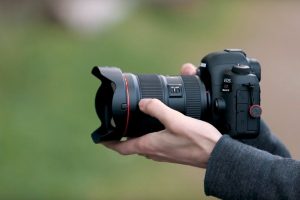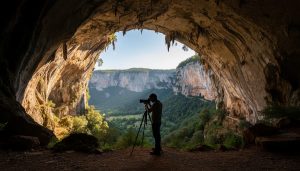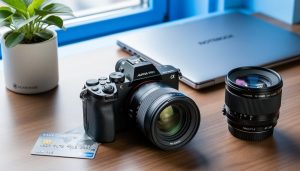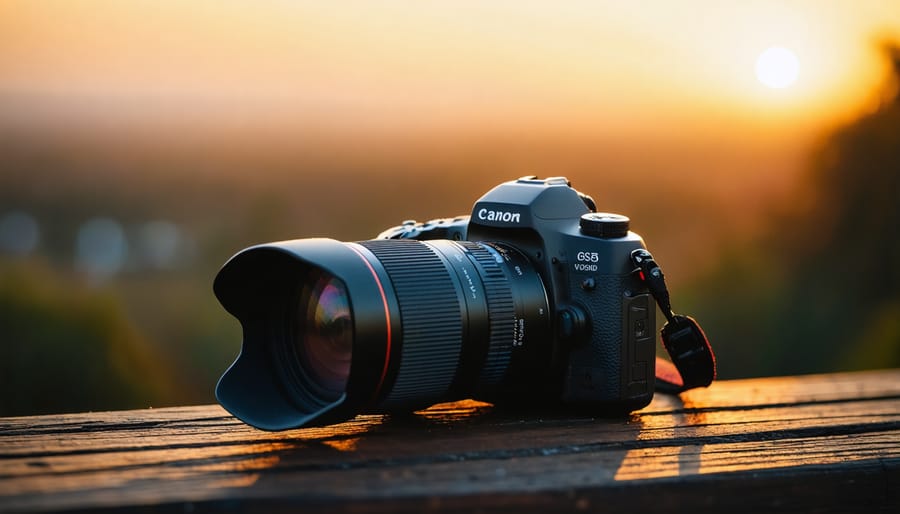
A lens hood stands as one of the most underappreciated yet essential accessories for modern camera lenses, serving as both a guardian and enhancer of your photographic vision. Acting like a protective shield, it prevents unwanted light rays from creating flare and ghosting effects that can compromise image quality. Beyond its primary role in light management, a lens hood provides crucial physical protection, defending your expensive glass from accidental bumps, rain drops, and fingerprints. Professional photographers particularly value lens hoods during golden hour shoots and challenging backlit situations, where controlling light becomes critical for achieving stunning results. While many photographers leave their lens hoods in their camera bags, understanding their proper use can dramatically improve image contrast, color accuracy, and overall photo quality in virtually any shooting condition.
The Primary Purpose of Lens Hoods
Understanding Lens Flare
Lens flare occurs when stray light enters your camera lens and interacts with the internal elements, creating unwanted artifacts in your photos. These artifacts typically appear as bright spots, streaks, or circular shapes that can reduce contrast and wash out your images. While some photographers deliberately use lens flare for creative effect, it’s usually considered an unwanted distraction that can diminish the quality of your photographs.
The most common cause of lens flare is direct sunlight hitting your lens at an angle, but it can also occur with artificial light sources like street lamps or studio lights. When light rays enter the lens, they bounce between the various glass elements inside, creating internal reflections. These reflections manifest as those characteristic spots and streaks in your final image.
The severity of lens flare can vary depending on several factors, including the quality of your lens coating, the angle of the light source, and the number of elements in your lens. Wide-angle lenses are particularly susceptible to flare due to their broader field of view, which makes them more likely to catch stray light.
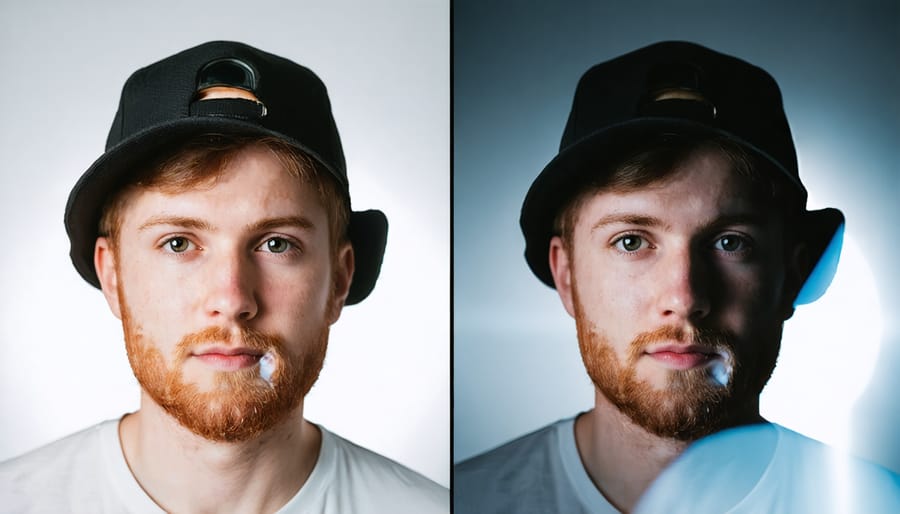
How Lens Hoods Combat Unwanted Light
Lens hoods work by creating a physical barrier that blocks stray light from entering your lens at oblique angles. Think of your lens hood as a protective shield, extending outward from the front of your lens to prevent unwanted light rays from striking the front element and causing flare or reducing contrast in your images.
The science behind this is straightforward: light rays that would normally hit your lens at sharp angles are intercepted by the hood’s walls before they can reach the glass. These problematic light rays typically come from bright sources outside your frame, such as the sun or artificial lighting. When these rays hit your lens directly, they can bounce around inside the glass elements, creating those unwanted artifacts we call lens flare.
The shape of a lens hood isn’t arbitrary – it’s carefully designed to match your specific lens’s field of view. Cylindrical hoods work well for telephoto lenses with narrow angles of view, while petal-shaped hoods are optimized for wide-angle lenses, allowing the maximum amount of light blocking while staying out of the frame. This precise engineering ensures you get the benefits of flare protection without vignetting or other unwanted effects in your photos.
Beyond Flare Protection: Additional Benefits
Physical Protection for Your Lens
Beyond their primary role in managing light, lens hoods serve as excellent physical protection for your valuable camera lenses. Think of a lens hood as a protective bumper for your gear – it extends beyond the front element of your lens, creating a buffer zone that absorbs impacts before they can reach the glass.
When you’re shooting in crowded spaces or navigating challenging terrain, it’s surprisingly easy to accidentally bump your camera against walls, doorframes, or other obstacles. Without a hood, these impacts would directly affect your lens, potentially causing scratches, cracks, or even internal damage. The hood takes these hits instead, protecting your investment.
This protection is particularly valuable when shooting in rain or snow. The hood’s extension helps keep water droplets off the front element, reducing the need for constant lens cleaning and protecting against moisture damage. It’s also helpful in dusty environments, where it acts as a barrier against airborne particles that could settle on your lens.
While filters can also protect your lens, they’re directly attached to the glass element. A lens hood provides a physical barrier that prevents contact before it reaches any part of the lens system. Many photographers have stories about their lens hoods saving expensive glass from potentially devastating impacts – consider it an insurance policy that’s always on duty.
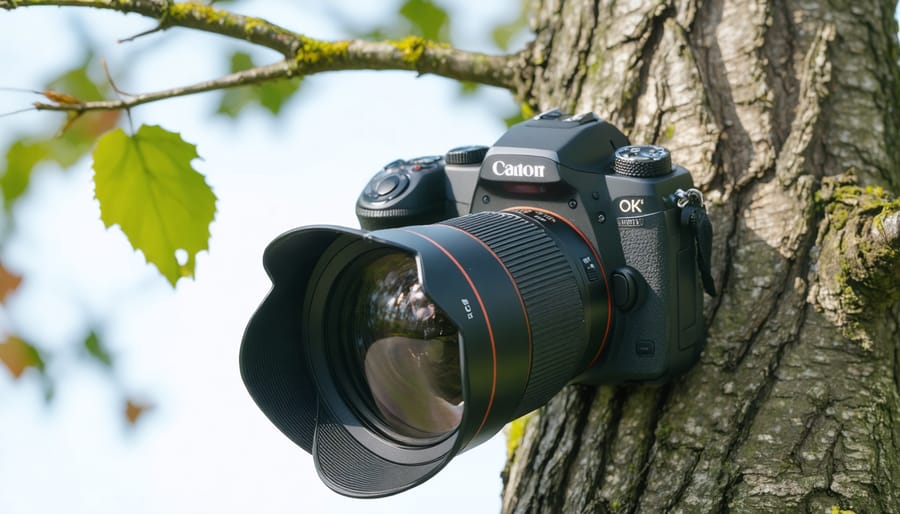
Enhanced Contrast and Color
Beyond its primary role in blocking unwanted light, a lens hood can significantly enhance your impact on image quality by improving contrast and color rendition in your photographs. Think of your lens hood as a contrast-enhancing tool that helps your camera capture scenes more faithfully to how your eyes perceive them.
When stray light enters your lens, it doesn’t just create visible flare – it also reduces the overall contrast of your image by adding a subtle haze across the frame. This effect is particularly noticeable in backlit situations or when shooting in bright conditions. By eliminating this unwanted light, a lens hood helps maintain the natural contrast and depth in your scenes, resulting in images with more punch and dimension.
Color accuracy also benefits from using a lens hood. Without one, scattered light can create a slight color cast or wash out the rich tones in your photograph. This is especially important when shooting outdoors during golden hour or in situations where color accuracy is crucial, such as product or portrait photography.
Professional photographers often note that images shot with a properly mounted lens hood appear more three-dimensional and vibrant, with deeper blacks and more saturated colors. While these improvements might seem subtle at first, they can make a significant difference in the final quality of your photographs, particularly when shooting in challenging lighting conditions.
Creative Uses of Lens Hoods
Controlled Flare Effects
While lens hoods are primarily designed to reduce unwanted flare, sometimes you might want to intentionally incorporate these ethereal light effects into your images. By partially removing or adjusting your lens hood, you can experiment with creative effects that add drama and atmosphere to your photographs.
Try positioning your camera so that light strikes the lens at different angles, creating subtle rainbow-colored streaks or dreamy halos. For portraits, a controlled amount of flare can add warmth and romanticism, especially during golden hour. In urban photography, street lights and neon signs can become artistic elements rather than unwanted distractions.
To maintain control over these effects, start with your lens hood attached and gradually rotate or remove it until you achieve the desired look. Pay attention to your LCD screen or viewfinder to monitor how the flare affects your composition. Remember that different lenses produce varying flare patterns, so experiment with your collection to discover which ones create the most appealing effects for your style.
Keep in mind that while artistic flare can enhance an image, too much can overwhelm your subject and reduce contrast. The key is finding the sweet spot between creative expression and maintaining image quality.
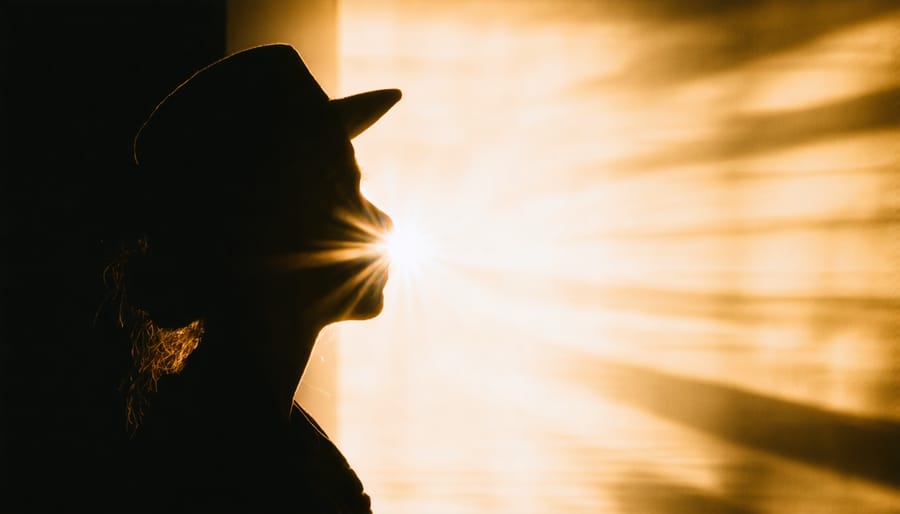
Weather Shield Techniques
A lens hood isn’t just for blocking stray light; it’s also an excellent shield against challenging weather conditions. When shooting in light rain or snow, the hood acts as a protective umbrella for your front lens element, keeping water droplets from splashing directly onto the glass. This protection is particularly valuable when you’re capturing outdoor events or landscape shots where heading indoors isn’t an option.
Beyond precipitation, lens hoods also guard against wind-blown debris, dust, and sand. This is especially crucial when photographing in environments like beaches or during autumn when leaves are swirling around. The physical barrier created by the hood can prevent these particles from making contact with your lens surface, potentially saving you time in post-processing removing dust spots.
Additionally, lens hoods can protect against sea spray when shooting near the ocean, shield your lens from falling snow during winter photography sessions, and even provide some protection against accidental bumps or brushes against foliage when shooting in dense natural settings. While not a replacement for dedicated weather-sealed equipment, a lens hood adds an extra layer of protection that can help you keep shooting in less-than-ideal conditions.
Common Mistakes to Avoid
While lens hoods are simple accessories, photographers often make several common mistakes that can reduce their effectiveness or even harm image quality. One frequent error is using the wrong type of hood for your lens. For instance, using a circular hood designed for a telephoto lens on a wide-angle lens can cause visible vignetting in your images.
Another common mistake is mounting the hood backwards for storage and forgetting to reverse it before shooting. While it’s perfectly fine to reverse the hood for compact storage in your camera bag, shooting with a reversed hood offers no protection against flare or physical damage.
Some photographers only use their lens hoods in bright sunlight, thinking they’re unnecessary in overcast conditions. However, lens hoods provide valuable protection against stray light and physical impacts in all shooting situations. Additionally, using a hood that’s damaged or scratched can create unexpected light artifacts in your images.
Watch out for stacking filters with an attached lens hood, as this combination might cause vignetting, especially with wide-angle lenses. Also, avoid forcing a lens hood onto your lens if it doesn’t attach smoothly – this could indicate it’s the wrong model and might damage your lens’s threading.
Remember to check that your lens hood is properly aligned and locked in place. A loose or misaligned hood can fall off during shooting or appear in your frame, ruining important shots.
A lens hood is an essential yet often overlooked tool in photography that can significantly enhance your images. Throughout this article, we’ve explored how these simple accessories protect your lens from physical damage, prevent unwanted lens flare, and help maintain optimal contrast in your photos. When used correctly, a lens hood can be the difference between a good shot and a great one, especially in challenging lighting conditions.
Remember that different types of lens hoods serve specific purposes – petal-shaped hoods for wide-angle lenses and cylindrical ones for telephoto lenses. While they may seem cumbersome at first, the benefits far outweigh any minor inconvenience. Whether you’re shooting landscapes in bright sunlight or portraits in mixed lighting conditions, a lens hood should be an integral part of your photography kit.
Make it a habit to keep your lens hood attached whenever possible, especially during outdoor shoots. Just remember to reverse it when storing your camera to save space in your bag. By incorporating this simple tool into your photography routine, you’ll protect your investment and achieve better image quality in various shooting situations.






